
Starting from Maya 2017 Arnold became one of the standard built-in render engines for Maya, replacing Mental Ray in its historical role. Anyway we can still download the latest Mental Ray release from the official Nvidia website. The question is: what is the best render engine for Maya 2017? Just take a look at Arnold VS Mental Ray for Maya, and make your pick!
TYPE: maya guide
CATEGORY: Render Maya, Mental Ray, Arnold Render, Arnold vs Mental Ray
INTRO
After the NVIDIA anticipations about the departure of Mental Ray and iray rendering as integrated render engines, Autodesk confirms official rumors that wanted Arnold to be the new 3ds Max 2018 integrated render engine.
The integration will follow the one already carried out last year for Maya 2017. Right now Arnold is free when used directly via Maya interface on a single workstation and limited to still frames (so no batch render for animations). The Price start at $1,220 for a single license, with a range of discounts for the bundle. If the system does not find valid licenses, however, batch renders will display a watermark.
Arnold for Maya is one of the most widely used rendering engines in the CG Industry, which often constituted a valid and simple alternative to the old Mental Ray for Maya.
Regarding Mental Ray, you can use it for free of charge for use on a single machine, with the same restrictions for Arnold (no network render and animations). You have to download it directly from the official website, it will no longer be included in the Autodesk installer.
What are the main characteristics and differences between the two?
MENTAL RAY
Mental Ray is a feature-rich, programmable, biased ray-tracing render engine. It has been used by the industry and professionals for over 28 years (the first release have been built in 1989 by Mental Images), Mental Ray has become a standard for photo realistic rendering across the film, visual effects, and design industries (Hulk, The Matrix Reloaded & Revolutions, Star Wars: Episode II – Attack of the Clones, The Day After Tomorrow and Poseidon are just few examples of products made using Mental Ray). In 2003 Mental Images was awarded an Academy Award for their contributions to the mental ray rendering software for motion pictures.
Mental Images was bought in December 2007 by NVIDIA, trying to bring some freshness to the old Mental Ray. We saw concrete results just in 2015 when the new GI NEXT was implemented. With this new GI model, Mental Ray can use the power of CUDA to compute the indirect/global illumination on GPU. Anyway a big part of the render computing is still CPU based, I hope to see some big steps toward the full GPU utilization.

ARNOLD
Arnold is an unbiased (so it's similar to Maxwell, Octane, Cycles), physically based, ray tracing 3D rendering application created by the company Solid Angle. Arnold is an advanced Monte Carlo ray tracing render engine built for the demands of feature-length animation and visual effects. Originally co-developed with Sony Pictures Imageworks and now their main render engine, Arnold is used at over 300 studios worldwide including ILM, Framestore, MPC, The Mill and Digic Pictures. Arnold was the primary render engine on dozens of films from Monster House and Cloudy with a Chance of Meatballs to Pacific Rim and Gravity. On 4 January 2017, the Academy of Motion Picture Arts and Sciences recognized Fajardo with a Scientific and Engineering award (Academy plaque) for "the creative vision and original implementation of the Arnold Render engine."
These are the main attractives of Arnold Render: is simple and fast to learn, is photo realistic with no efforts, is memory efficient and can handle extreme complex assets without problems (did you saw Gravity?!), alShaders (a powerful toolset for artists).

THE TEST
I tried to make the overall scene and light setup very simple, just to reduce the number of factors that could enter in the game. Whenever possible I used the same Maya light primitives, I've also put any light source in the same position and with the same intensity. Obviously the rendered images are not identical because any render engine interprets the lights and materials in its own way. No post processing. The first render is always Arnold (mtoa 1.4.2.0), the second is Mental Ray (2017.12, 3.14.4.6).
HARDWARE SETUP
I used an average pc: CPU I7 2600k @ 4.4GHz (to give you and idea of its compute power the Cinebench R15 Score is 758), 32GB DDR3, Nvidia GTX 1060 6GB, SSD 500gb. Win 10 pro 64 bit
FIRST TEST: INTERIOR RENDER
Same scenario for both render engines: Sun & Sky + area light. The scene consists of 3M vertices, plain polygons, 3 diffuse bounces, no caustics, SSS, dispersion effects, hair or fur. I've put just few textures, keeping the environment pretty flat to make us clearly see and compare noise and overall render quality.
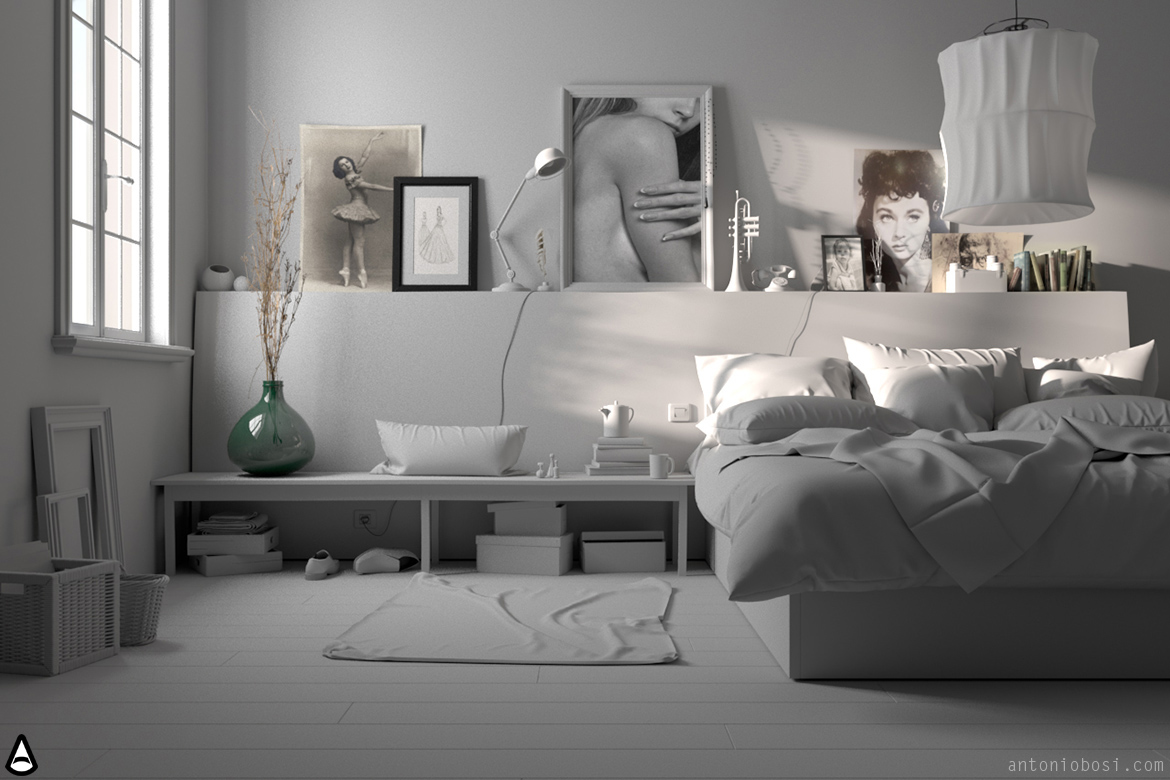
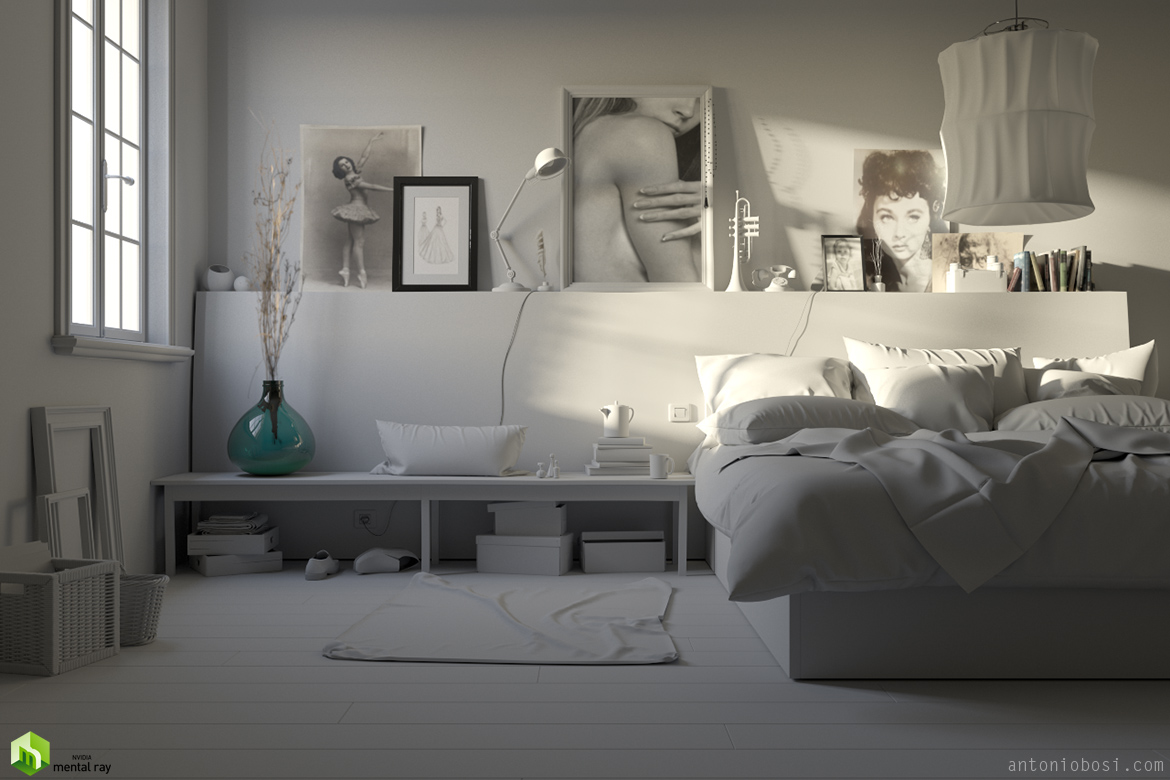
Between the images above I didn't see any significant difference in terms of quality, the render seems a little sharper in Arnold Render, but the noise is also more prominent (especially in the direct shadows areas) . The new Mental Ray GI NEXT is pretty amazing: it can compete with the brute force unbiased Arnold's approach (that uses Montecarlo's algorithms) maintaining a lot of details, especially regarding tiny contact shadows. Look at these closeups:

Huge difference in render time: Mental Ray 1h 22min vs Arnold 18h 26min (sill noisy)
SECOND TEST: HAIR RENDER
I put just one area light on the left. GI on with 1 diffuse bounce (Final Gather for Mental Ray since GI NEXT didn't work with hair).
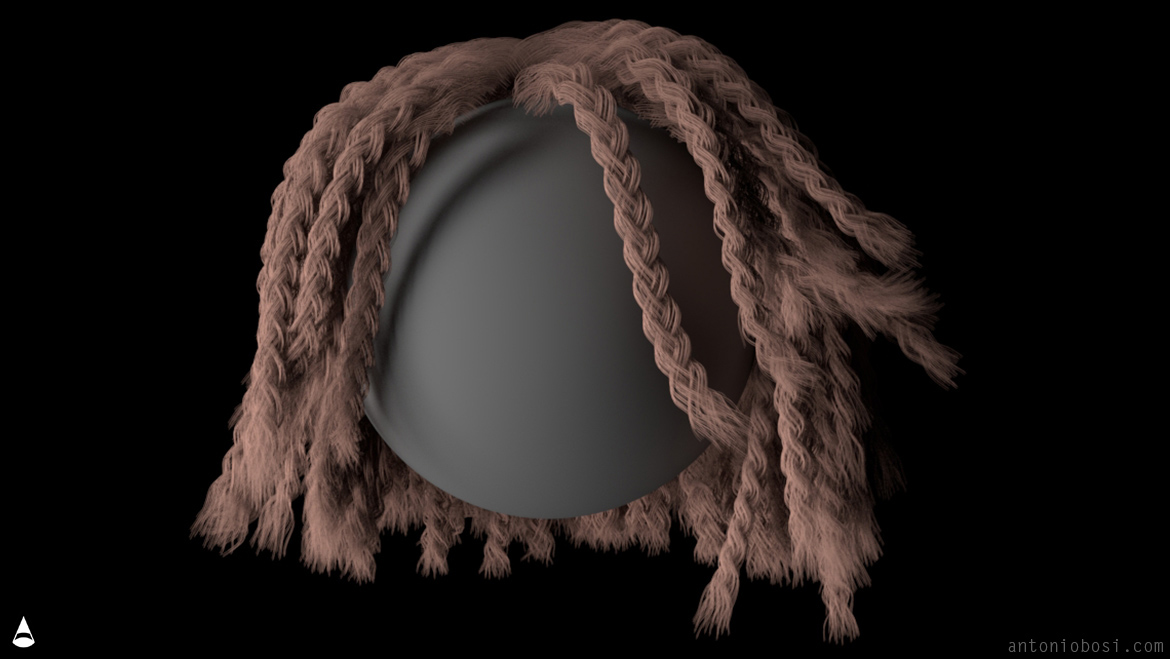
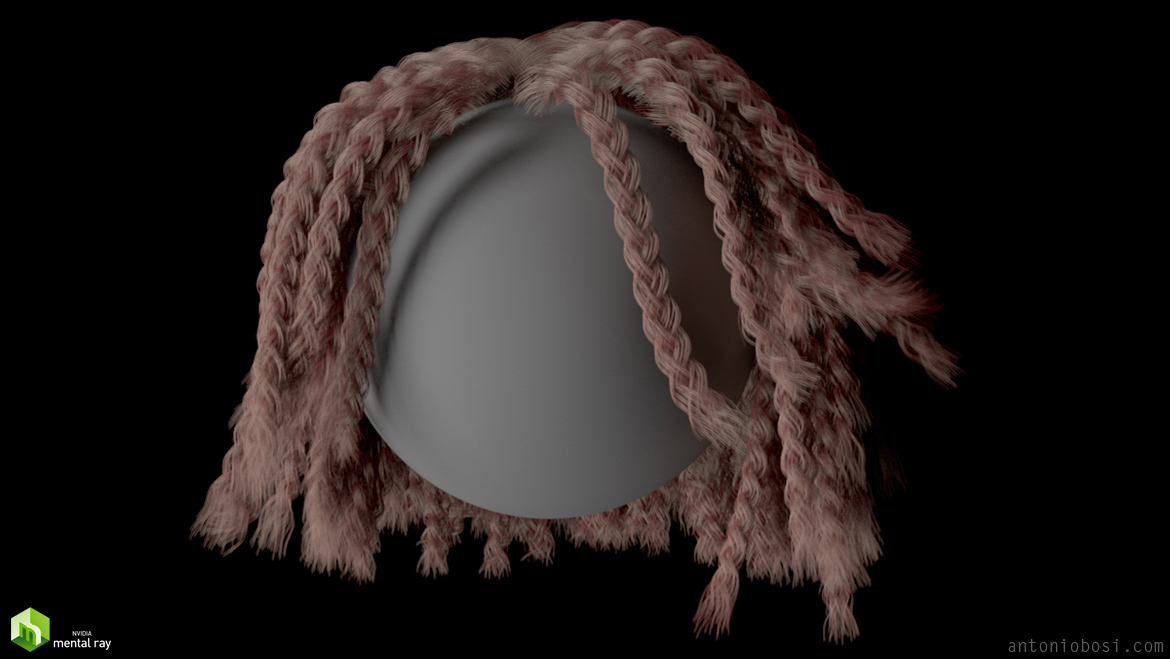
Again I don't notice any significant difference between the two renders, I just wonder why they render different colors.
Render time: Mental Ray 4h 36min vs Arnold 2h 5min
THIRD TEST: BACKPLATE + HDRI RENDER
This is another very common render scenario: a dome light HDRI + Shadow catcher. Diffuse bounces 3.
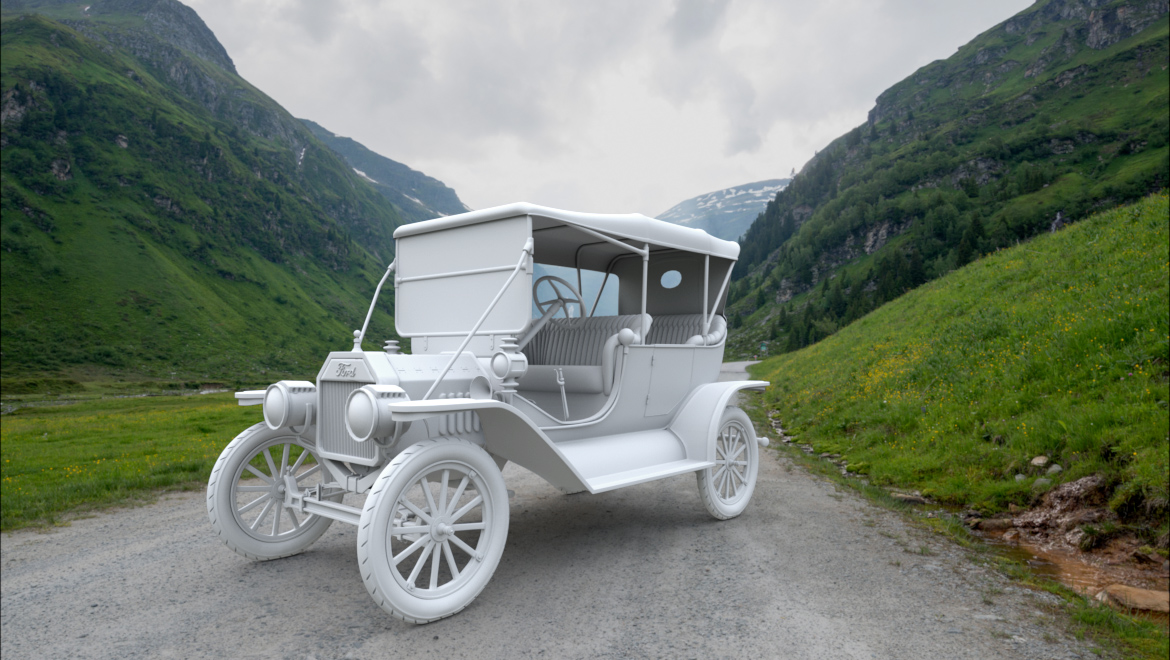
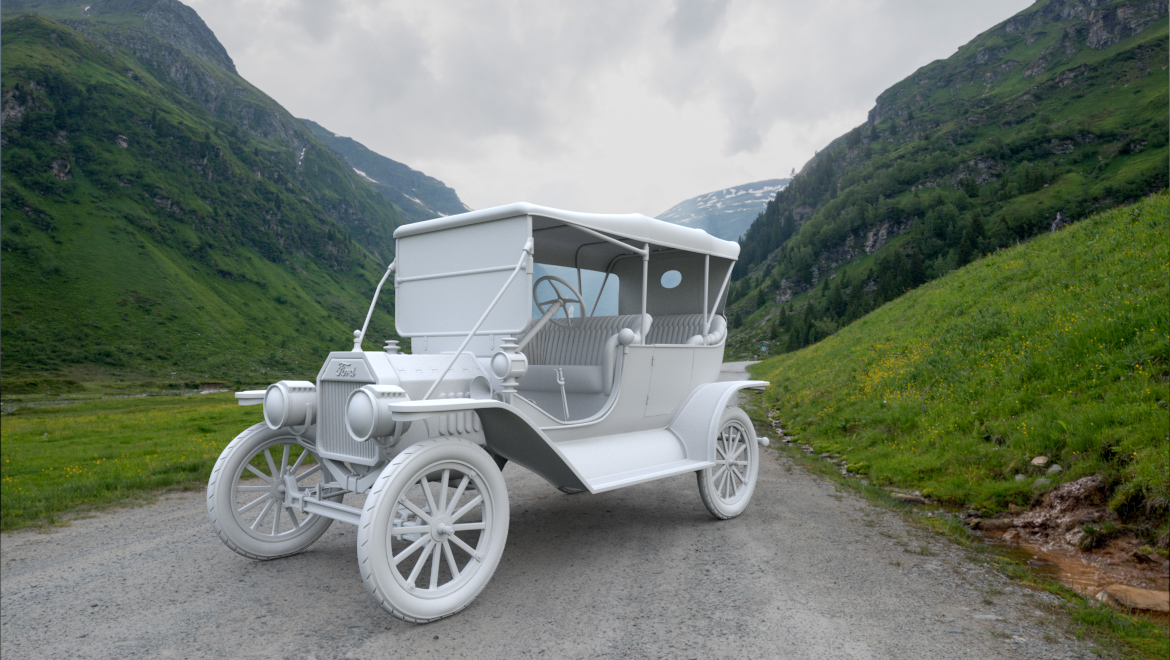
Very similar images, anyway Arnold delivers a little more detail in a shorter render time.
Render time: Mental Ray 39min vs Arnold 32min
FOURTH TEST: VOLUMETRIC RENDER (MAYA FLUIDS)
I loaded a Maya fluid fx preset to test Arnold and Mental Ray in volumetric render. FG on for Mental Ray, 2 diffuse bounces.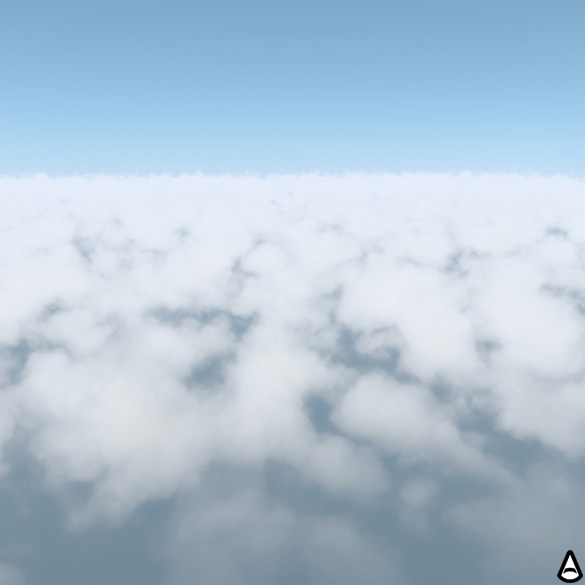
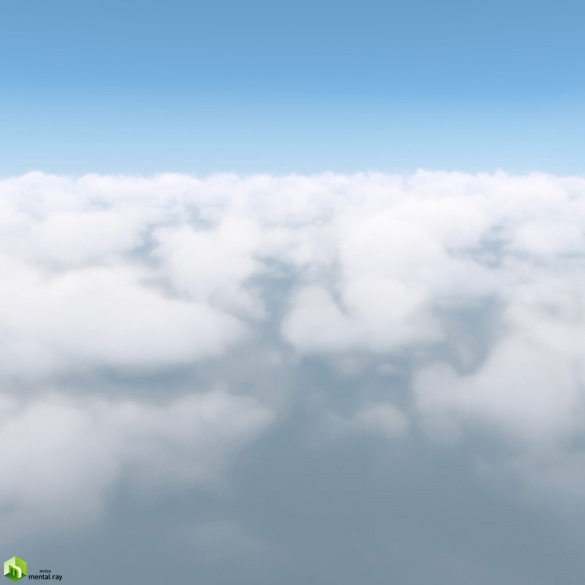
The result is quite different, the correct representation is the Mental Ray one: it renders identically to Maya software, while Arnold interprets the fluids in its own way (it seems to be a common Arnold problem, I watched a lot of comparisons where Arnold renders volumetric effects in a wrong way). Here Mental Ray is the king, it renders the correct fluid appearance in a much shorter time :
Render times: Mental Ray 0min 17s | Arnold 6min 48sec
CONCLUSIONS: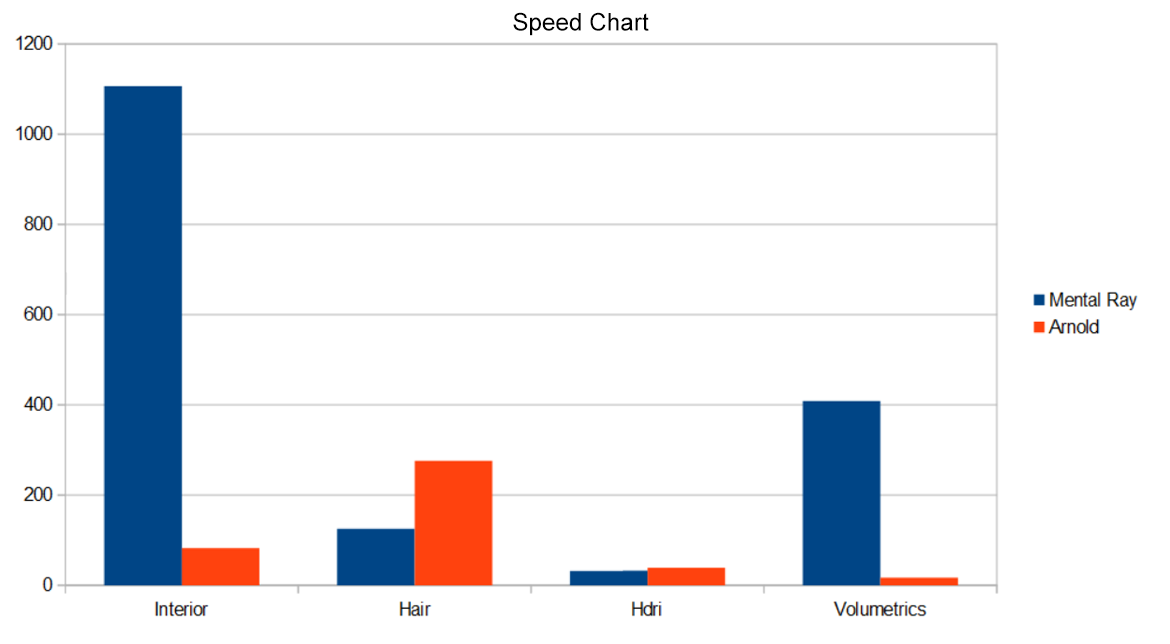
The quality of the 2 render engines is very similar, Arnold can give sharper results and a flicker free render. Mental Ray is superior for architectural renders (interior renders) and special effects renders (fluids and volumetrics).
In the other hand Arnold is a little easier to learn and the official documentation is also very well written. Arnold have a great shaders library (including the amazing ALShaders), but Mental Ray have the revolutionary MILA shader, which is an amazing shader for pro artists.
Arnold is much faster when doing full GI IPRs, Mental Ray suffers of long precalculation render times when GI is on (FG or GI-Next) so you can basically use IPR only disabling GI.
Mental Ray is a much better render engine for architectural and VFX purposes (due to its better performance in these particular scenarios), Arnold is for artists that wants a very fast and solid IPR, flicker-free detailed renders: I advise Arnold to Character designers and artists more oriented to the cinematography industry.
Mental Ray is cheaper (especially if you own a Nvidia Quadro).
Arnold is also a must if you are planning to work in big VFX studio, in fact today Arnold is one of the most used render engines in the VFX industry. Anyway Mental Ray 2017 is a very good render engine (Nvidia did huge steps toward modernization), probably a better choice for individual artists, especially for architects and designers.
Fell free to share your opinion and your experience in the comments below!
Antonio
Related guide: V-ray vs Mental Ray 2017





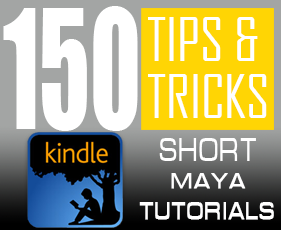
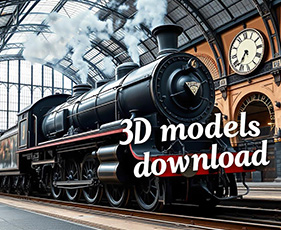
18 thoughts on “Arnold Vs Mental Ray: which is the best render engine for Maya?”
Very interesting topic there. I’d heard about the darknet but never really though about looking into it.
I’m still learning from you, but I’m trying to reach my goals. I absolutely enjoy reading all that is posted on your blog.Keep the stories coming
Very interesting ,somewhat intrigued to browse ,but too worried of being hacked ,or being put on a no fly list ,worst ,being on the watch list,,,,Thx ,,Very informative and so interesting ,most likely ,read more on this dark topic
Interesting stuff..heard about but always felt that my ciding chops were not sharp enough thnx for clarifying some things..do I need any specific system specs??
I thought this was interesting. At first I thought it was about something like witchcraft, etc. I would like to find out more about it. I wonder why it is not accessed on the regular web.
Hi there! Do you know if they make any plugins to protect against hackers? I’m kinda paranoid about losing everything I’ve worked hard on. Any tips.
Aww man… I was thinking of switching back to MR and then I saw this. Render time is a very big deal for me because I got a very low-budget rig and from this comparisons and from experience, Arnold is way way way faster than MR which is very unfortunate. I guess I’m gonna have to find a way to live with Arnold
Hi mate, it depends on your needs…if you do fluid or archiviz interior renders Mental Ray is much faster! For any other thing Arnold render is far superior
Keep in mind that the writer of the article oddly chose to represent “speed” as a positive value, where higher is better, instead of seconds, where lower is better. So Mental Ray is much faster than Arnold according to these tests.
Random Meme you are right, I put points (like Cinebench do) instead of time. So a higher value mean faster, not slower. In the first version of that speed chart I put seconds but somebody wrote me understanding that it was a speed scale… so I made the new graph showing speed instead of time but I see that somebody still remain confused :-*
Yea, i noticed Arnold is very slow for interior renders becAuse it doesn’t have the flexibility that MR has. Though i kinda like the way mesh light behaves and the realistic shadows it casts without much stress. Damnit can’t i just eat my cake and have it for once?
Well, be that as it may I’ve used both and while mental ray is more flexible, Arnold is faster in most cases. Like there was a time i noticed close to a 15 mins difference with similar results
I can say they are pretty much closer and their result aren’t far from each other, the clear difference I noticed was the colours. I’ll stick with Mental Ray but I’ll surely give Arnold it’s fair share of usage too.
Switching to Arnold…grazie, aspettavo questa tua comparison!
Why don’t you put the version of Arnold and Mental ray ? The important thing !
Hi mate, you’re right! I’ve added it in “the test” paragraph: Arnold (mtoa 1.4.2.0), Mental Ray (2017.12, 3.14.4.6)
hi
What a way for indirect lighting used in mental ray interior rendering?!
Hi Amir, I used the new GI-next